The Samsung Galaxy Tab 10.1 is known as Samsung Galaxy Tab 2. This is the successor to the most popular Android tablet yet – the Samsung Galaxy Tab.
Samsung Galaxy Tab 10.1 - Design & Build:
The Samsung GALAXY Tab 10.1 is thin. Like really thin… at least in comparison to the other Android 3.X tablets out there. And yes, according to Samsung’s measurements it’s even thinner than the iPad 2. However, as you may have guessed, the difference isn’t noticeable to the naked eye, and if you didn’t have a measuring tape on you, you’d probably never know one was trimmer than the other. Where you will notice the difference between the two is on weight. The 1.24-pound Samsung Galaxy Tab 10.1 feels lighter in hand than the 1.33-pound iPad. The only ports you will find on this tablet are 3.5mm headphone and proprietary charging jacks. There is a volume rocker and a power button, but forget that microSD card slot or micro-USB port.
Samsung Galaxy Tab 10.1 - Features:
Speaking on the more functional side of things, Samsung Galaxy Tab 10.1 had to forego important things such as standard USB ports and SD card slots for that thinness. I was very disappointed by these two omissions, especially after hearing all the cool things that could be done with USB Host support in Android 3.1. It’s worthy to note that the 4G edition of the Samsung Galaxy Tab 10.1 will have an SD card slot. (We are reviewing a WiFi-only model.)
Samsung Galaxy Tab 10.1 - Interface:
The Samsung Galaxy Tab 10.1 uses more or less the same interface as the other Android 3.0 tablets. Most of the interface enhancements on the Samsung Galaxy Tab 10.1 have to do with Android 3.1, although none of them are radical improvements over Android 3.0. When you drop a widget onto a home screen, you can now grab a handle and resize it.
Samsung Galaxy Tab 10.1 - Messaging:
Being a largely stock Honeycomb tablet, there is nothing different hardwired into the Samsung GALAXY Tab 10.1’s Calculator, Calendar, and Contacts apps. As can be expected from any Android device, information is synced across your Google account, like your calendar and address book, with Honeycomb adding a visual flare and usability optimized to take advantage of the tablet form factor.
Plentiful with its real estate, typing for the most part is a satisfying experience – even for those who happen to have larger sized fingers. Not only are we given the stock Honeycomb keyboard, but it even incorporates the Samsung and TalkBack keyboards.
Samsung Galaxy Tab 10.1 - Camera:
The Samsung Galaxy Tab 10.1 has a 3-megapixel camera that took decent shots, but it wasn’t very impressive. There was noticeable grain in a lot of the images, and while night shots came out OK with the flash, the quality was on a par with a run-of-the-mill smartphone camera. I’m not so sure that it’s a huge deal to offer 5-megapixel cameras capable of recording HD or 3D video, as is the case on the T-Mobile G-Slate, because I’d rather use a more compact phone or dedicated camera for snapping photos instead of a 10-inch tablet.
Samsung Galaxy Tab 10.1 - Music:
As far as music goes, you’re left with the stock Honeycomb music player. I don’t mean for that to sound like a bad thing, though – the new music app is completely awesome. If only for the cloud streaming features alone, I had no problem with making this my default for tunes.
Samsung’s Music Hub proved quite useless to me as it would do nothing but force close every time I opened the application. Playing that music back was great, as well, thanks to Samsung’s high quality speakers on the sides of the device.
Samsung Galaxy Tab 10.1 - Battery:
Samsung has equipped the Galaxy Tab 10.1 with a 7000mAh battery. While I’ve not been pounding the Samsung Galaxy Tab 10.1 as much as the XOOM when I first got it (when Honeycomb still had that new car smell), I’ve been using it a fair bit for photos and videos and during the video tour I shot of it. Overall I am pretty pleased with the results, and can easily see the tablet lasting a few days on a single charge with pretty solid use – just like Motorola’s XOOM. I should point out that the Samsung Galaxy Tab 10.1 takes quite a time to charge, though, and it is not capable of charging from a simple USB port on a desktop or laptop computer.
Samsung Galaxy Tab 10.1 - GPS:
Broken GPS was a bit of a cruel joke throughout the launch of the original Galaxy S, but people still haven’t put trust into Samsung when it comes to GPS. I know you folks want to know if it works, and the answer is yes. And it works very well. I was able to get a lock within a few seconds of starting up Google Maps or Foursquare and the radius in which it had me was very accurate.
Samsung Galaxy Tab 10.1 - Performance:
This is the lightest and thinnest tablet on the market. The Samsung Galaxy Tab 10.1 is perfect for quick e-reading sessions using Amazon Kindle or Google Books apps. You can load the device with plenty of movies using the Dropbox app, and they’ll look crisp and colourful. Battery life was excellent at about nine hours, and that even includes movie-watching and playing games.
Conclusion:
This is one of the tougher conclusions I’ve had to write. Here’s why: the Samsung Galaxy Tab 10.1 itself is a beautiful and thin tablet with an industrial design to die for. But Honeycomb 3.0 definitely isn’t ready for primetime. It was slow and sluggish at times, apps crashed regularly, and the web browser froze often. Hopefully the forthcoming Honeycomb 3.1 fixes those issues, but we’ll have to wait and see.

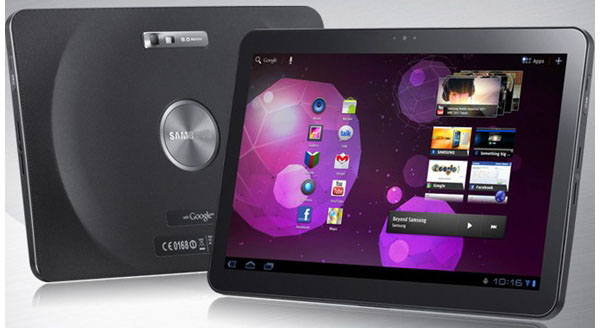




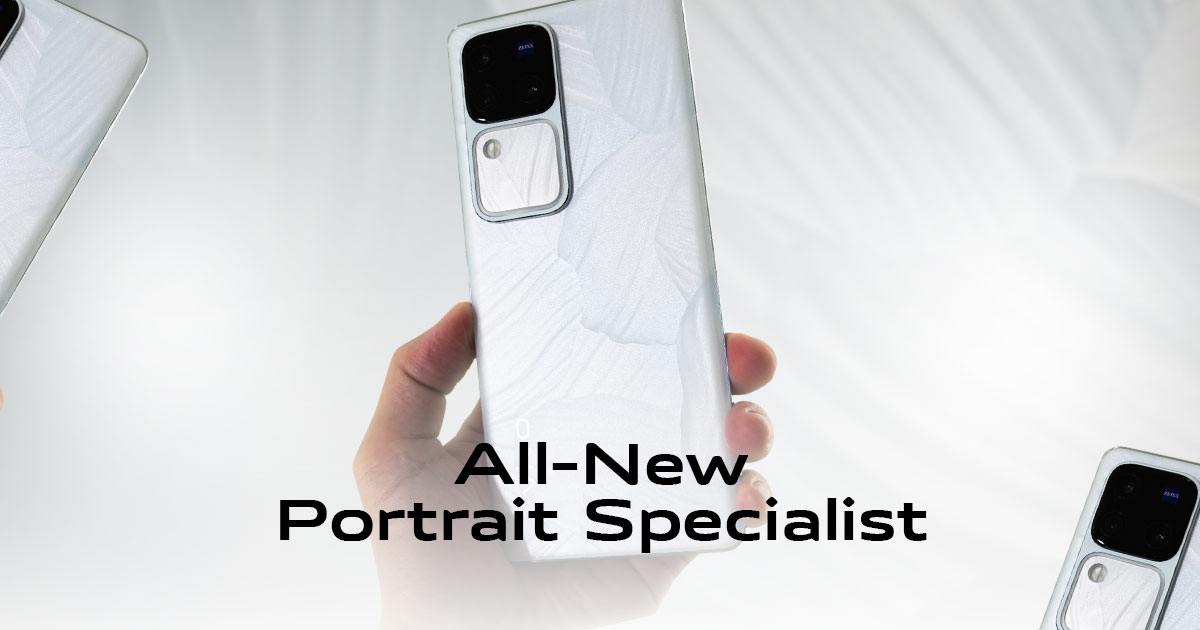

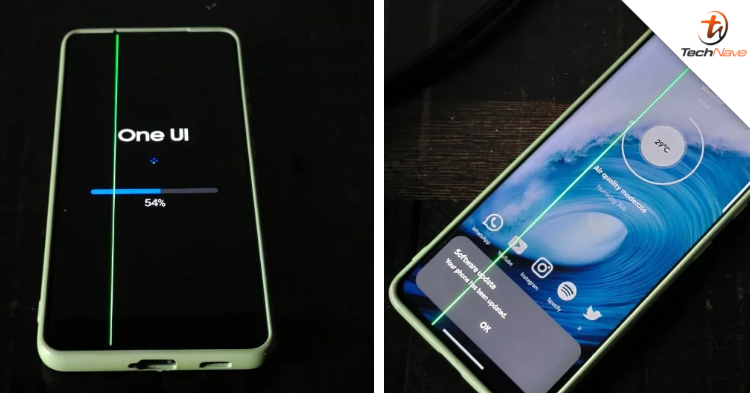

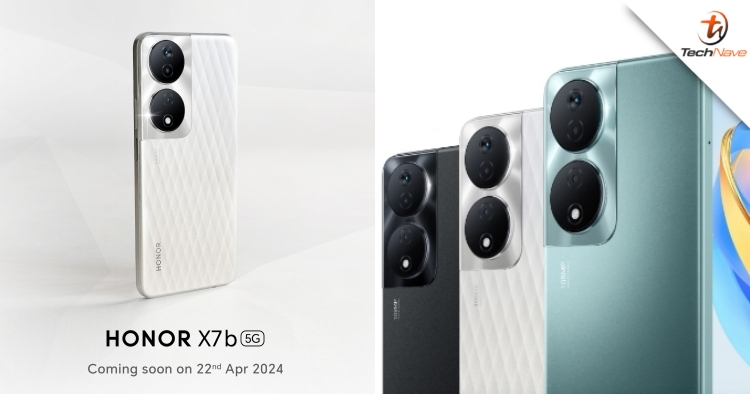


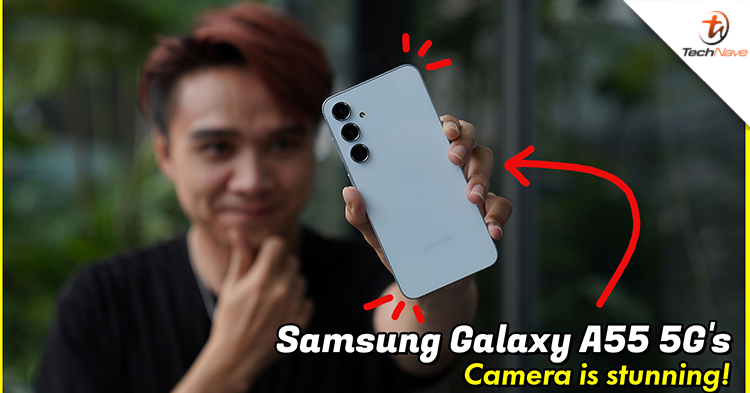
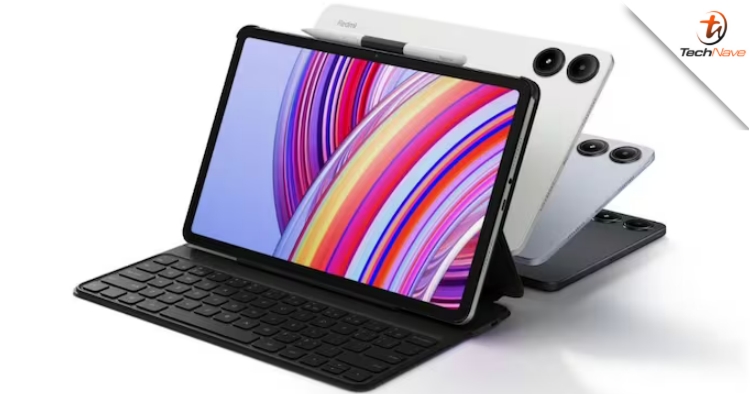
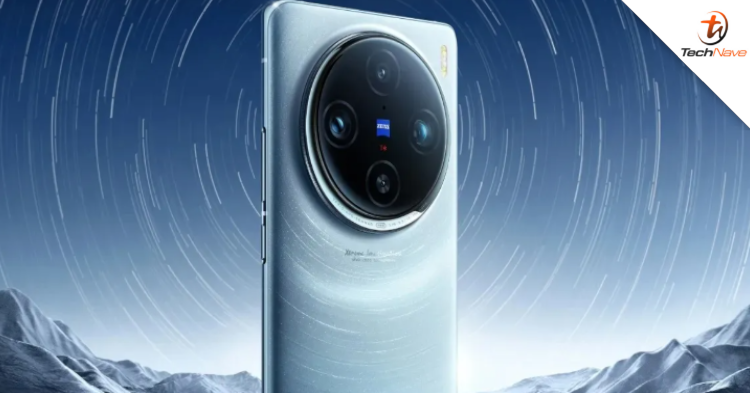
COMMENTS